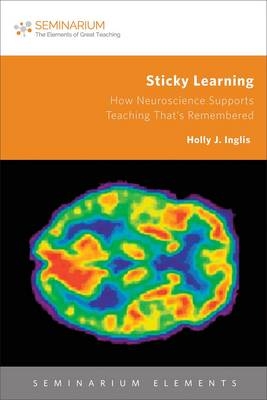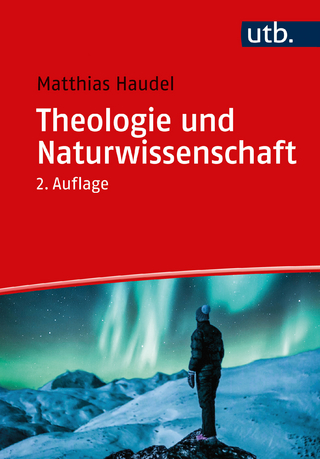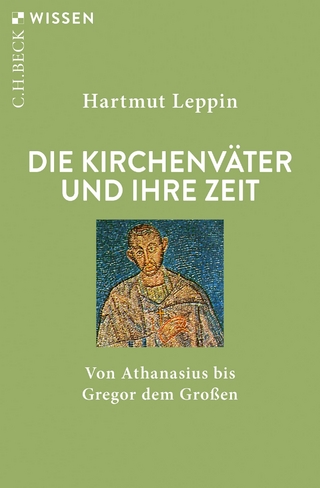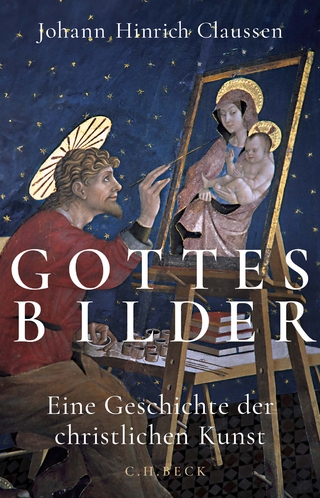
Sticky Learning
How Neuroscience Supports Teaching That's Remembered
Seiten
2014
Fortress Press,U.S. (Verlag)
978-1-4514-8878-4 (ISBN)
Fortress Press,U.S. (Verlag)
978-1-4514-8878-4 (ISBN)
- Titel z.Zt. nicht lieferbar
- Versandkostenfrei innerhalb Deutschlands
- Auch auf Rechnung
- Verfügbarkeit in der Filiale vor Ort prüfen
- Artikel merken
Despite the introduction of new technologies for classrooms, many seminary courses still utilize primarily auditory methods to convey content. This title presents an overview of how learning occurs in our brain, what the different types of memory are, and how memory is created serves as a framework for suggesting pedagogical tools.
Despite the introduction of new technologies for classrooms, many seminary courses still utilize primarily auditory methods to convey content. Course outcomes may include opportunities for learners to demonstrate knowledge and skills gained but may not include opportunities for learners to begin to embed knowledge and skills into their long-term memory. Educators are engaging with neuroscientists to reshape classroom practices, content delivery, curriculum design, and physical classroom spaces to enhance students' learning and memory, primarily in elementary and secondary education. Why not in seminary education? An overview of how learning occurs in our brain, what the different types of memory are, and how memory is created serves as a framework for suggesting pedagogical tools. These brain-friendly tools are specifically applied to individual academic disciplines, enabling instructors to make concrete modifications in the structure and content of what is taught, making learning more 'sticky.'
Despite the introduction of new technologies for classrooms, many seminary courses still utilize primarily auditory methods to convey content. Course outcomes may include opportunities for learners to demonstrate knowledge and skills gained but may not include opportunities for learners to begin to embed knowledge and skills into their long-term memory. Educators are engaging with neuroscientists to reshape classroom practices, content delivery, curriculum design, and physical classroom spaces to enhance students' learning and memory, primarily in elementary and secondary education. Why not in seminary education? An overview of how learning occurs in our brain, what the different types of memory are, and how memory is created serves as a framework for suggesting pedagogical tools. These brain-friendly tools are specifically applied to individual academic disciplines, enabling instructors to make concrete modifications in the structure and content of what is taught, making learning more 'sticky.'
Holly J. Inglis has served as a pastor in the Society of Friends and as a Presbyterian church educator in Indiana and Colorado. She holds a Master of Divinity from Earlham School of Religion in Richmond, Indiana and a doctorate in educational ministry from Columbia Theological Seminary in Decatur, Georgia.
| Erscheint lt. Verlag | 1.11.2014 |
|---|---|
| Reihe/Serie | Seminarium Elements |
| Sprache | englisch |
| Maße | 152 x 229 mm |
| Gewicht | 318 g |
| Themenwelt | Religion / Theologie ► Christentum ► Kirchengeschichte |
| Religion / Theologie ► Christentum ► Religionspädagogik / Katechetik | |
| Sozialwissenschaften ► Pädagogik ► Erwachsenenbildung | |
| ISBN-10 | 1-4514-8878-5 / 1451488785 |
| ISBN-13 | 978-1-4514-8878-4 / 9781451488784 |
| Zustand | Neuware |
| Informationen gemäß Produktsicherheitsverordnung (GPSR) | |
| Haben Sie eine Frage zum Produkt? |
Mehr entdecken
aus dem Bereich
aus dem Bereich
von Athanasius bis Gregor dem Großen
Buch | Softcover (2024)
C.H.Beck (Verlag)
12,00 €
eine Geschichte der christlichen Kunst
Buch | Hardcover (2024)
C.H.Beck (Verlag)
32,00 €


